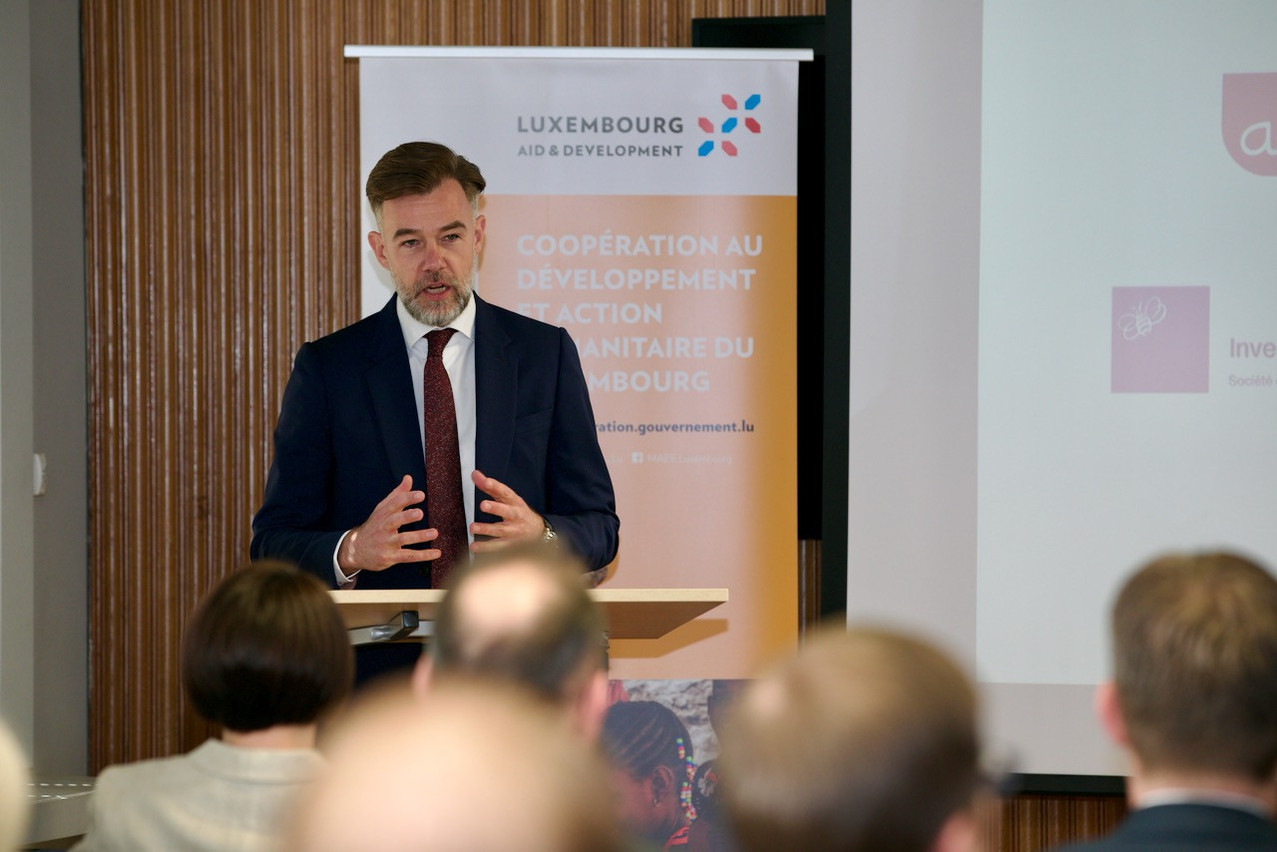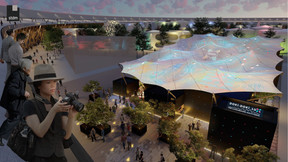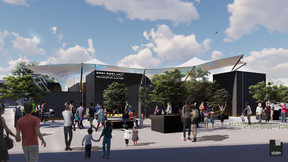Aaron Grunwald: You’ve got 3 years to prepare for the next world expo. What exactly goes into planning for Osaka?
: The realisation of a national pavilion at a world expo is a substantial coordination process between many actors, both institutional and private, national and international. It is a long and complex process which involves many different stakeholders and various aspects, including the architectural concept.
There is, of course, the construction itself with all the constraints onsite. [And] the conception of a narrative for the scenography of the Luxembourg pavilion together with different local entities, or, in other words, the conception of the image that we want to convey about Luxembourg.
Luxembourg’s pavilion has been designed by Steinmetzdemeyer. What do you want the pavilion to say to expo visitors about Luxembourg?
The design by Steinmetzdemeyer is the perfect translation of our initial idea, namely creating an interesting, intriguing and informative pavilion, which responds to the criteria of the circular economy, with as little impact on the environment as possible.
Through our pavilion, we want to show Luxembourg’s know-how and commitment in the domain of the circular economy, as well as the country’s ability to find innovative solutions for today’s challenges, which perfectly corresponds to the main theme of 2025’s world expo: “Designing future society for our lives”.
At the same time, we want visitors, especially those from Japan, to get to know Luxembourg and its inhabitants better, to have a small glimpse of our way of living and discover the beautiful landscapes that the grand duchy has to offer.
We have decided to position the Luxembourg pavilion at the world expo in Osaka under the sub-theme ‘Connecting lives’ and that is what we will try to achieve: connect the visitors of the world expo with the people in Luxembourg, connect Japan with the grand duchy.
Luxembourg’s presence at the Shanghai and Dubai expos received a lot of positive feedback. Does that add any pressure to ‘deliver more’ for Osaka?
I would not call it pressure, but rather an incentive or a motivation.
Comparing the different world expositions is tricky, because they focus on different main themes and take place in specific socio-economic contexts.
As stated earlier, the circular economy and sustainable construction will play a crucial role in the conception of the Luxembourg pavilion at the World Expo in Osaka in 2025. Besides, we want to bring Luxembourg’s inhabitants closer to the Japanese visitors.
The budget has been estimated at €12m-€32m. That is a big range. What accounts for the spread and what would push the figure up or down?
I mentioned these figures at a very early stage of our project. Today, we are a little further along in the preparations and we see that different factors will still have an impact on the budgetary requirements.
For example, the cost and availability of construction materials, the exchange rate, inflation and energy prices. It is too early to give a concrete figure on it yet, but I believe it is of utmost importance to have a range when considering the overall project programme.
A version of this interview first appeared in Delano’s




